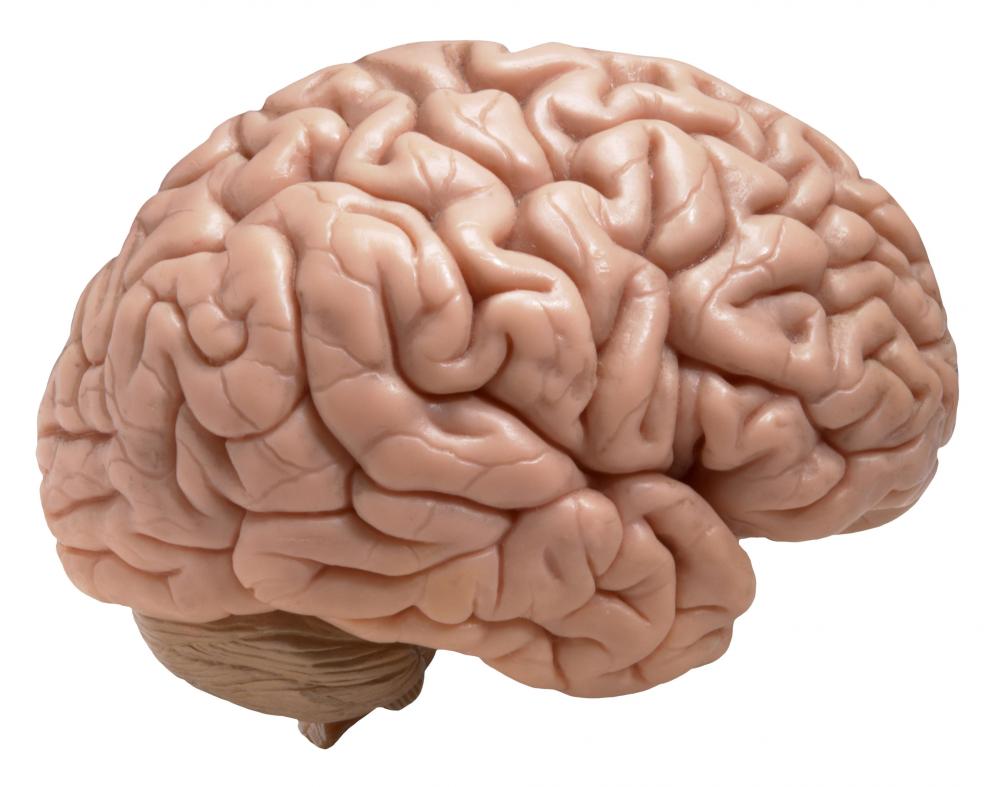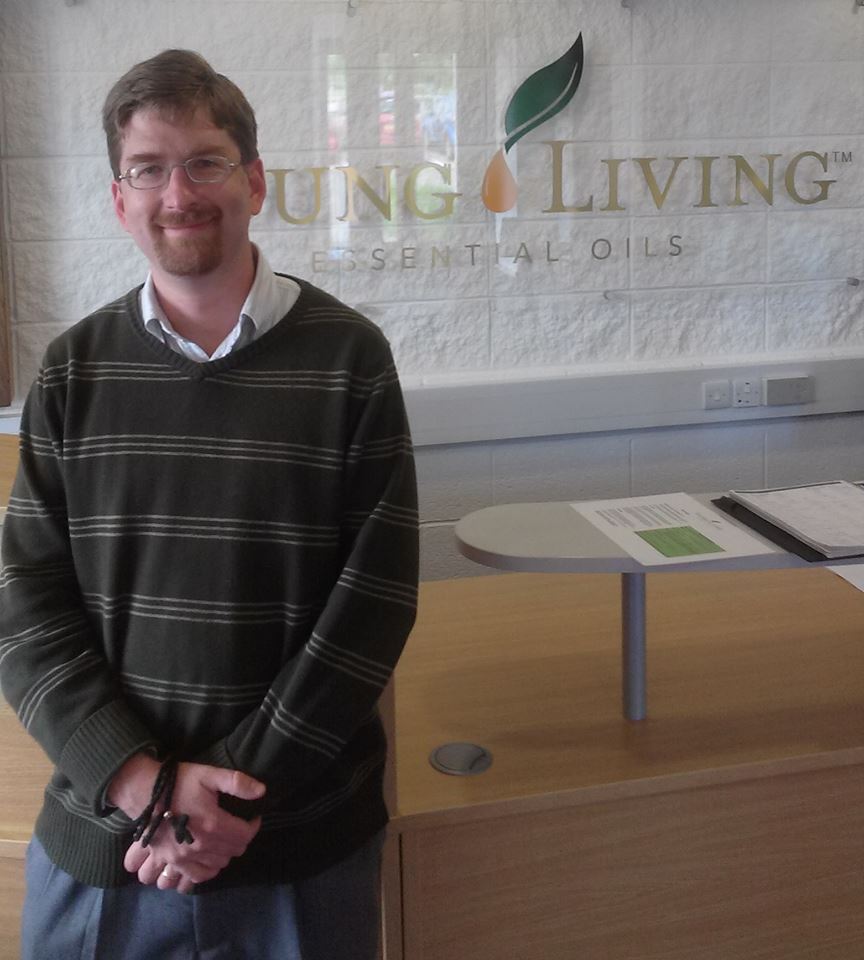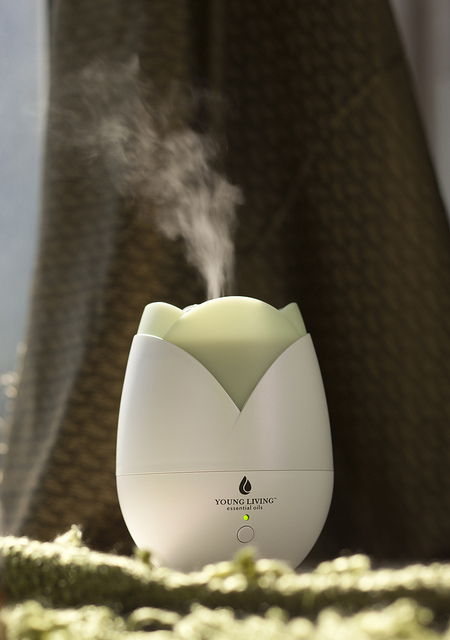This is the first post in my series on essential oils and brain fitness. To see other posts in the series, click here.
 In 2010, when I began working on my Ph.M. from King’s College London, I became fascinated by new discoveries showing that the wiring of the brain is not static or fixed. Rather, our brains are flexible and continually changing based on how we use them and what we encounter in our environment. The practical ramifications of these discoveries are huge. It means that many of the mental and emotional problems we’ve come to accept as inherent to ourselves – forgetfulness, anxiety, lack of focus, stress, rigidity, etc. – can actually be overcome through knowing how to rewire the brain.
In 2010, when I began working on my Ph.M. from King’s College London, I became fascinated by new discoveries showing that the wiring of the brain is not static or fixed. Rather, our brains are flexible and continually changing based on how we use them and what we encounter in our environment. The practical ramifications of these discoveries are huge. It means that many of the mental and emotional problems we’ve come to accept as inherent to ourselves – forgetfulness, anxiety, lack of focus, stress, rigidity, etc. – can actually be overcome through knowing how to rewire the brain.
After spending a few years studying these discoveries, I began wondering what role essential oils might play in helping to rewire the brain towards higher levels of mental and emotional fitness. It turns out that there is a large and growing body of research showing the important role essential oils can play in helping our brains and heart achieve their full potential.
Over the last year I’ve been working to synthesize this research, translating it into terms laypeople can easily understand and apply. I’ve also developed various protocols for using essential oils  to assist with mental and emotional fitness. As I’ve done this, I’ve been able to apply much of this research on ground-level with the people and organizations I consult for. I’ve had the opportunity to work with seniors who want to stay mentally sharp as they age, stroke victims who struggle to regain mental functions, would-be lawyers who need to increase their memories when studying for the bar exam, educators who are attempting to improve the attention span of their students, and psychologists needing to developing memory and learning techniques to prepare for their licensing exam. Through this work I’ve been able to tap into an entire sub-field of aromatherapy that most essential oil enthusiasts aren’t aware even exists.
to assist with mental and emotional fitness. As I’ve done this, I’ve been able to apply much of this research on ground-level with the people and organizations I consult for. I’ve had the opportunity to work with seniors who want to stay mentally sharp as they age, stroke victims who struggle to regain mental functions, would-be lawyers who need to increase their memories when studying for the bar exam, educators who are attempting to improve the attention span of their students, and psychologists needing to developing memory and learning techniques to prepare for their licensing exam. Through this work I’ve been able to tap into an entire sub-field of aromatherapy that most essential oil enthusiasts aren’t aware even exists.
I am now ready to begin sharing what I’ve been learning as a series of blog posts. This first article is introductory and will explain about my personal journey using essential oils to help with brain fitness and why I started working as a Young Living distributor. Future posts, which will all be accessible here, will explore questions such as the following:
- How can essential oils decrease stress and increase mindfulness?
- How can essential oils help with memory and learning?
- How can we use aromatherapy to manage difficult emotions during the teenage years?
- How can strategic use of the diffuser help us stay focused in an age of distraction?
- How can we remain mentally fit as we age?
- How can we strategically use aroma to increase resilience, emotional intelligence and heart-rate variability?
How My Journey With Essential Oils Began
My own journey with essential oils and brain fitness began in 2012. My wife and I had traveled to Chicago where I was presenting a paper for a history conference, as part of my Ph.M studies. After the conference was over we decided to spend a week with our friends James and Stacy McDonald before heading back home to Idaho.

During our stay with the McDonalds they frequently diffused essential oils in their home. The aromatic mist produced by the diffuser made us feel like we were in the middle of a spa. Each time they diffused a different oil their home took on a new personality. If they were diffusing peppermint or eucalyptus oil, we would all feel refreshed and stimulated; if they were diffusing lavender, the atmosphere would take on a calm and relaxing feel; if they were diffusing citrus oils, we would feel grounded, secure and uplifted. My favorite was when Stacy diffused Frankincense. I liked the smell of Frankincense because it brought back memories from when my grandparents would take me to their Episcopal church, where the priest would burn a Frankincense-based incense to create a musty and esoteric atmosphere.
Previous to my stay with the McDonalds my only experience of essential oils had been limited to lavender (which I liked to use when having a bath) and tea tree oil (which I used for cleaning). When shopping for lavender and tea tree oil, I tended to just purchase the least expensive oils I could find, usually at a local health store.
As I began asking James and Stacy questions about essential oils, they explained that not all essential oils are equal. Many of the cheap essential oils you buy over the counter—even in health stores—have actually been extended through the addition of synthetic substances. While this makes the oils less expensive, it also means that they are potentially toxic if one is breathing them or applying to the skin.
“So how do I know if an essential oil is safe?” I asked James and Stacy one evening over dinner. “I mean, there are so many different companies out there claiming to market ‘natural’ essential oils. How do I find the right ones?”
“Good question, Robin,” said James as he leaned back in his chair. “Basically, there are two questions you need to always ask of any company selling essential oils. The first is ‘What farm was this grown on?’”
He went on to explain that when you know where the farms are, you can find out if the growing conditions really are completely organic. You should know where the farm is and whether they use gas chromatography and mass spectrometry to test the purity of the oils before putting them on the market. If you phone up an essential oil company and they are reluctant to tell you where they harvested the plants, then that should be an immediate red flag.
“If you’re using essential oils in cleaning products, the quality isn’t as important,” James continued. “But as soon as you begin ingesting the oils—whether through diffusing, eating, or applying to the skin—it’s important you know whether they’ve been produced under conditions that make them pure therapeutic-grade.”
“Okay,” I said, helping myself to another portion of Stacy’s home-made salad dressing, which she had made using essential oil of lime. “So the first question I need to ask is where, and under what conditions a particular essential oils has been produced. What’s the second question?”
“The second question is whether the oil was harvested from the first distillation only,” said James. From there he went on to explain the science of essential oils, and how the various oils are extracted from plants through a process of steam distillation. I won’t go into all the science he shared with me that evening. However, the important point I took away from that conversation was that for most essential oils to have maximum potency, the oil must be extracted during the first 1-4 hours. This is the time that we refer to as the “first distillation.” Some companies keep distillation the same plant product for as long as twenty-two hours, and they often take other short-cuts like raising the temperature or adding more pressure. Although this can yield additional oil that is unchanged in fragrance, the therapeutic properties of the oil are diminished with this additional distillation. When the potency of the oil is compromised in the distillation process, a person typically requires more oil to achieve the same therapeutic effect.
“If you’re unsure whether an oil has been harvested from the first distillation,” James continued, “simply phone up the company and ask. As with the issue of farms, if they are reluctant to answer your question, that should be a red-flag.”
How I Became a Young Living Distributor
After Esther and I returned home to Idaho we continued learning about essential oils. Based on the criteria James and Stacy shared with us, we become convinced that the only oils that met the standard of quality were those produced by the company Young Living.

That is how I began using essential oils in my family as well as sharing them with my friends. In fact, I became so excited about Young Living’s range of products that I began working part-time as a distributor for the company. My job is to tell people about the opportunity to enroll in Young Living’s wholesale buying program through an initial purchase of one of their starter kits. Then, as long as the person who joins lets the company know that distributor # 1297759 enrolled them (that’s me), I get a commission from the sale. After the person is a member of Young Living, I offer support, answer questions and make myself available for conversations about essential oils. Through this business I now make a residual income of over a thousand dollars a month, which supplements my income as a writer. (This article is not meant to be a sales-pitch, but if any of my readers would like to join Young Living, you can learn more about the starter kits here.)
When I first started my work as a Young Living distributor, I used the oils for everything from boosting the immune system to helping my children get to sleep at night. But for some reason it never occurred to me to use essential oils to help with brain fitness.
My Brain in Trouble
In 2015 I found myself simultaneously facing a number of different crises on various fronts, both personal and academic. I felt demolished and on the edge of having a complete nervous breakdown. Under a weight of stress that I couldn’t escape from, my brain eventually stopped working. Whenever I tried to think, it was like my brain was enveloped in a fog. For me, not being able to use my brain was like a carpenter losing his hand. You see, I provided for my family by being a writer, and various clients depended on me to provide regular content for their publications.
During this difficult time, my good friends Brad and Sarah Belschner reached out to me and offered me a place to stay while I recovered. They recall how when I first arrived I was hardly able to speak. I would spend my days aimlessly wandering the streets of town, praying that I would get well enough so I could return to work. Whenever I thought I was getting better, even a little stress would send my brain into a tailspin and my recovery would be set back. Because all my energy was spent simply trying to survive, I had little mental resources left for being able to focus or be creative or strategically to think through problems and arrive at solutions.
Meanwhile, I tried everything to get my brain back on track: coffee, exercise, supplements, psychiatry. But nothing touched the problem.
For some reason, it never occurred to me that essential oils might be able to help. Although I was using essential oils throughout this period, no one had explained to me a clear step-by-step strategy for using the oils to assist with brain fitness. I had been using essential oils to help with memory and learning, and I had even given seminars on the subject, but what I needed now was much more basic: I needed my brain to function again.
My Research Begins
As a distributor for Young Living, I had accumulated a library of research about essential oils. During my illness I gradually turned to this library to see if there was anything that might be helpful. I found that although there has been a lot of research about essential oils and brain fitness, it is scattered throughout a vast corpus of research. No one had collected this research into one place to make it accessible for ordinary people. Another problem is that the research spanned various academic disciplines. Some of the research was located in historical sources while other research was found in the writings of aromatherapists; still other information was buried in scientific journals under topics as diverse as neurophysiology, nutrition, geriatrics, chemistry and cognitive psychology. No one had aggregated all of this research into one place, let alone put together a step by step plan for applying it to one’s daily life.
As I began dipping into the research, I routinely experimented on myself with various protocols, making a note of what worked and what didn’t. I purchased equipment that enabled me to take biofeedback readings on the variability of my heart-rate to quantify what methods were effective. I talked to professionals throughout the world who were studying brain fitness against the backdrop of different specialties. I also spoke to numerous lay people who shared what had worked for them. I developed a friendship with the head librarian of my local library, who began ordering scientific journals for me about the brain and essential oils. Through this research I learned how certain essential oils can help with focus, slow down the effects of aging, increase resiliency under stress, assist with mindfulness, in addition to helping our brains and bodies achieve mental and emotional balance.
This series of blog posts will be the first time I have ever shared this information with the public. If these are topics that interest you, keep an eye out for future posts.
Further Reading
- Essential Oils and Brain Fitness (Part 2): How to Develop a Peaceful Brain
- Essential Oils and Brain Fitness (Part 3): Developing a Youthful Brain
- How to Buy High Quality Essential Oils at Wholesale Prices
- The Power of Positive Breathing
- The Power of Positive Smelling
- Entire Series on Essential Oils and Brain Fitness

